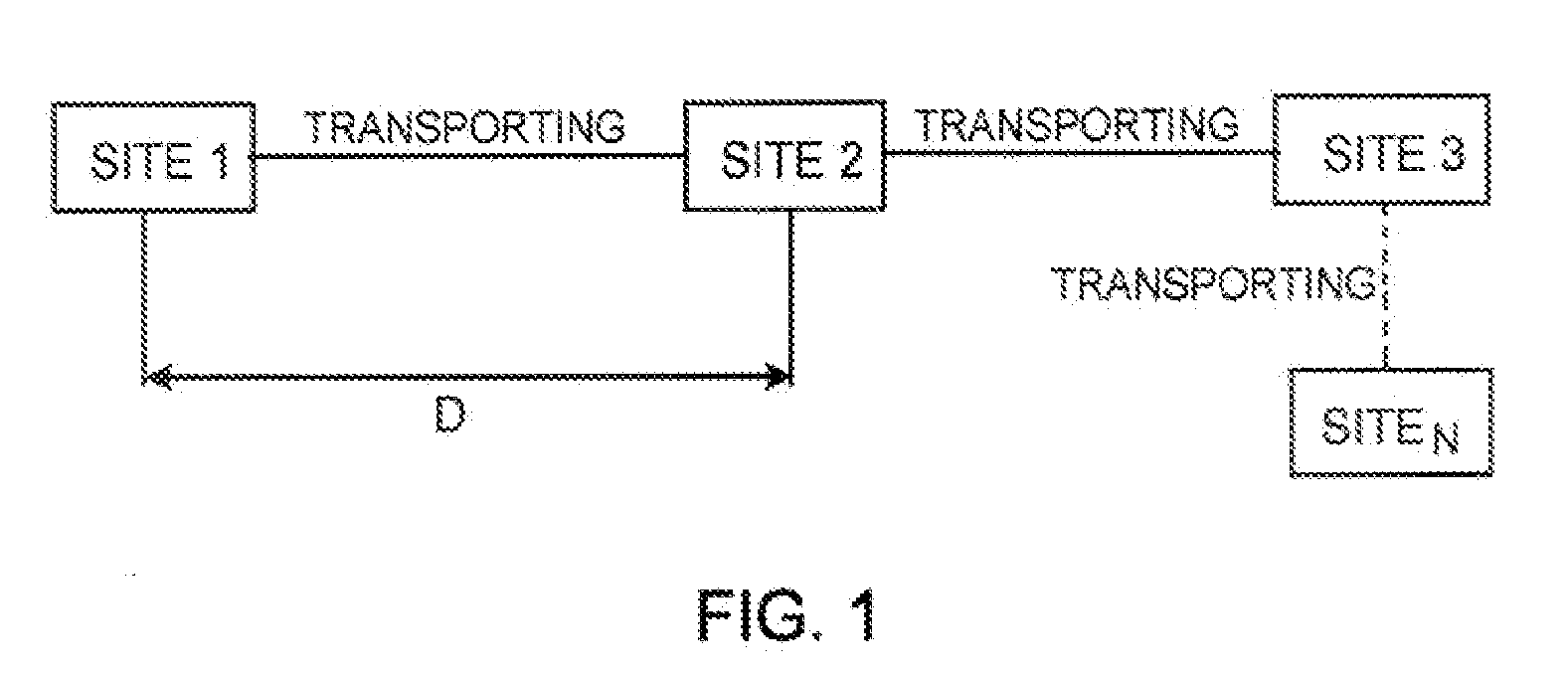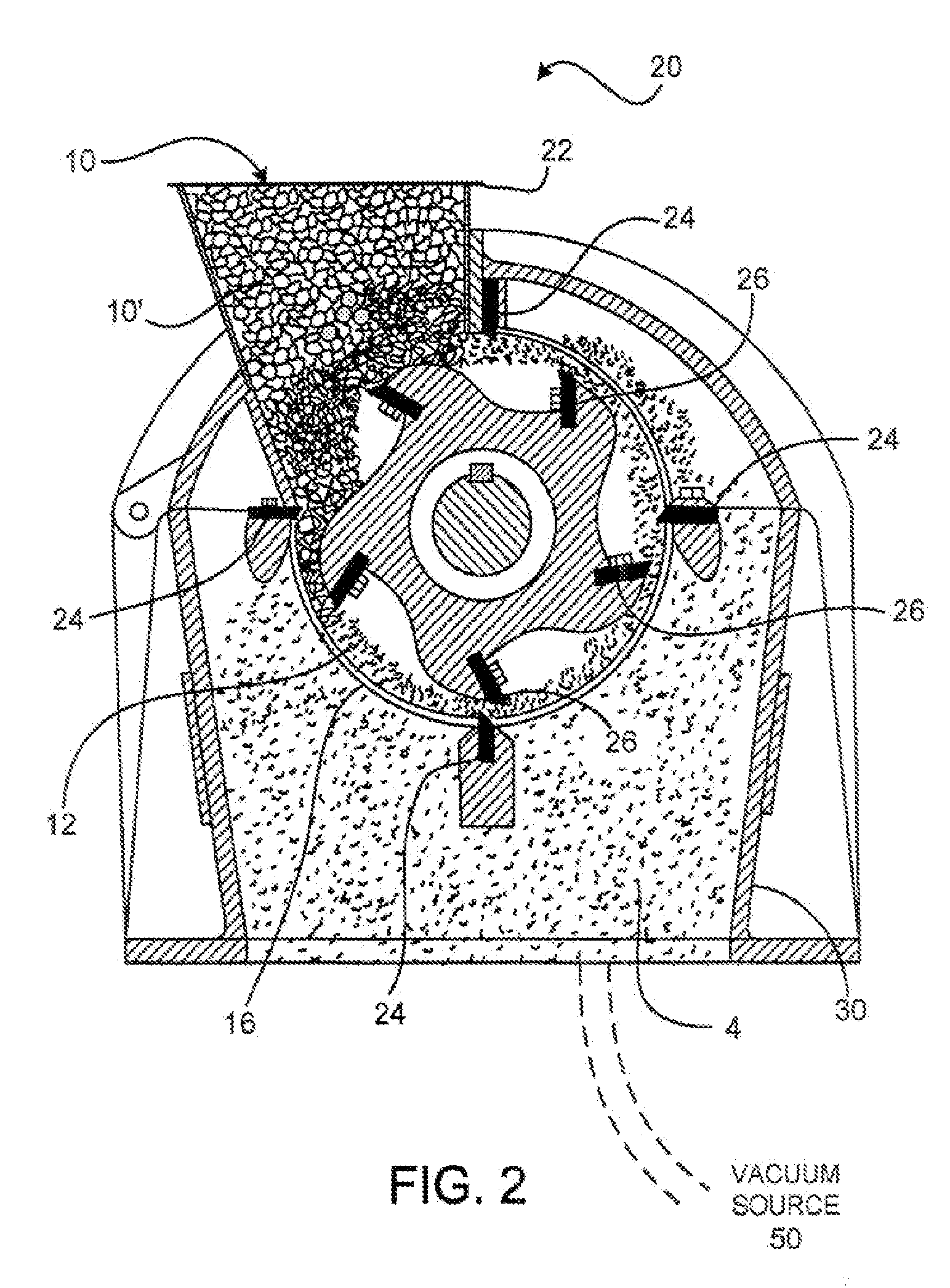Conversion systems for biomass
a technology of conversion systems and biomass, applied in the direction of energy input, waste based fuel, electrochemical generators, etc., can solve the problems of unfit for human consumption, and achieve the effect of convenient movement of production facilities, convenient and efficient movement, and economics
- Summary
- Abstract
- Description
- Claims
- Application Information
AI Technical Summary
Benefits of technology
Problems solved by technology
Method used
Image
Examples
Embodiment Construction
[0071]Described herein are mobile and / or small-scale (e.g., less than 1-5 million gallons per year) systems for producing energy (e.g., ethanol, hydrocarbons, gasoline, natural gas, methane, biodiesel, and hydrogen gas), electricity, plastics, polymers, nutrients (human and animal), proteins, biomolecules, pharmaceuticals (human and veterinary; e.g., drugs and medicines), fertilizer, or other products including processes, facilities, and components of the facility for producing the desired product, from biomass. The systems eliminate or at least reduce the need for transporting the starting material biomass, which can be, e.g., of a low bulk density, to a stationary large-scale production facility. It also may reduce the need to transport the desired product produced by the mobile facility a long distance to its end user or a distribution facility. The system for producing the desired product allows for the processing of biomass that ordinarily would not be economically suitable for...
PUM
| Property | Measurement | Unit |
|---|---|---|
| distance | aaaaa | aaaaa |
| distance | aaaaa | aaaaa |
| distance | aaaaa | aaaaa |
Abstract
Description
Claims
Application Information
 Login to View More
Login to View More - R&D
- Intellectual Property
- Life Sciences
- Materials
- Tech Scout
- Unparalleled Data Quality
- Higher Quality Content
- 60% Fewer Hallucinations
Browse by: Latest US Patents, China's latest patents, Technical Efficacy Thesaurus, Application Domain, Technology Topic, Popular Technical Reports.
© 2025 PatSnap. All rights reserved.Legal|Privacy policy|Modern Slavery Act Transparency Statement|Sitemap|About US| Contact US: help@patsnap.com



